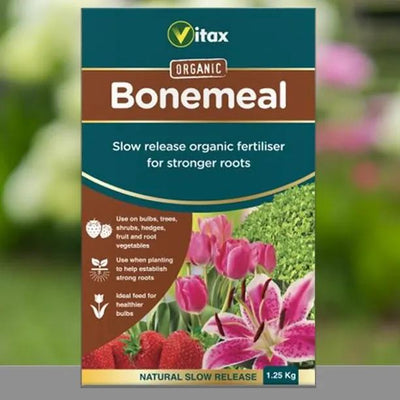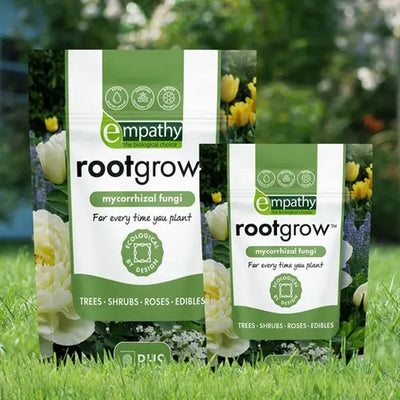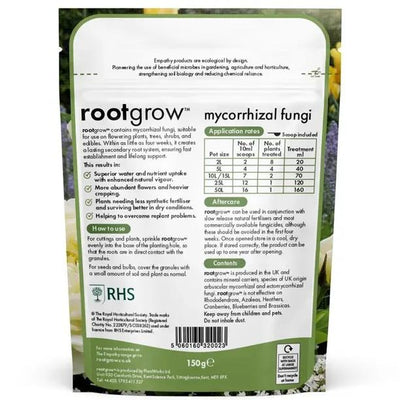Vranja Quince Trees
Vranja - Quince trees (which are now known as Cydonia oblonga rather than Pyrus cydonia) produce wonderfully scented fruit which when ripe are almost gold in colour. The quince is a native of Dagestani mountainsides and as such is extremely hardy but, like all quinces, needs decent sun to fruit well. As it's planted further north, Vranja needs an increasingly warm spot, and by the time it gets to Yorkshire, a sunny wall or corner is necessary for reliable crops.
Browse our range of quince trees or the full variety of fruit trees.
Features
- Culinary
- Scented fruit
- Heavy crops
- Harvest September & October
- Can be fan trained
- Self-fertile
- RHS Plants for Pollinators
As well as being edible, quince trees are ornamental and look as good as the centrepiece of a lawn as your average garden tree. Vranja (like Meeches Prolific and Serbian Gold, the other quinces that do well in the UK) is self-fertile. It flowers in May and carries heavy crops of very fragrant fruit - quinces were once used as room fresheners - which can be picked in September and October. Vranja probably carries more individual fruit than Meeches or Serbian Gold, so they tend to be a bit smaller.
If you want to buy quince trees and have never grown them before, this is probably the one we would recommend to a beginner.
Quinces like good soil with plenty of well rotted organic matter added to it. The fruit can be huge and so need plenty of moisture in the ground. At the same time they hate standing water so good drainage is really important (just think of an Iranian mountainside).

 Secure, One-Tap Checkout
Secure, One-Tap Checkout
 Hand Picked, Delivered to Your Door!
Hand Picked, Delivered to Your Door! 1 Year Bareroot Guarantee
1 Year Bareroot Guarantee

















